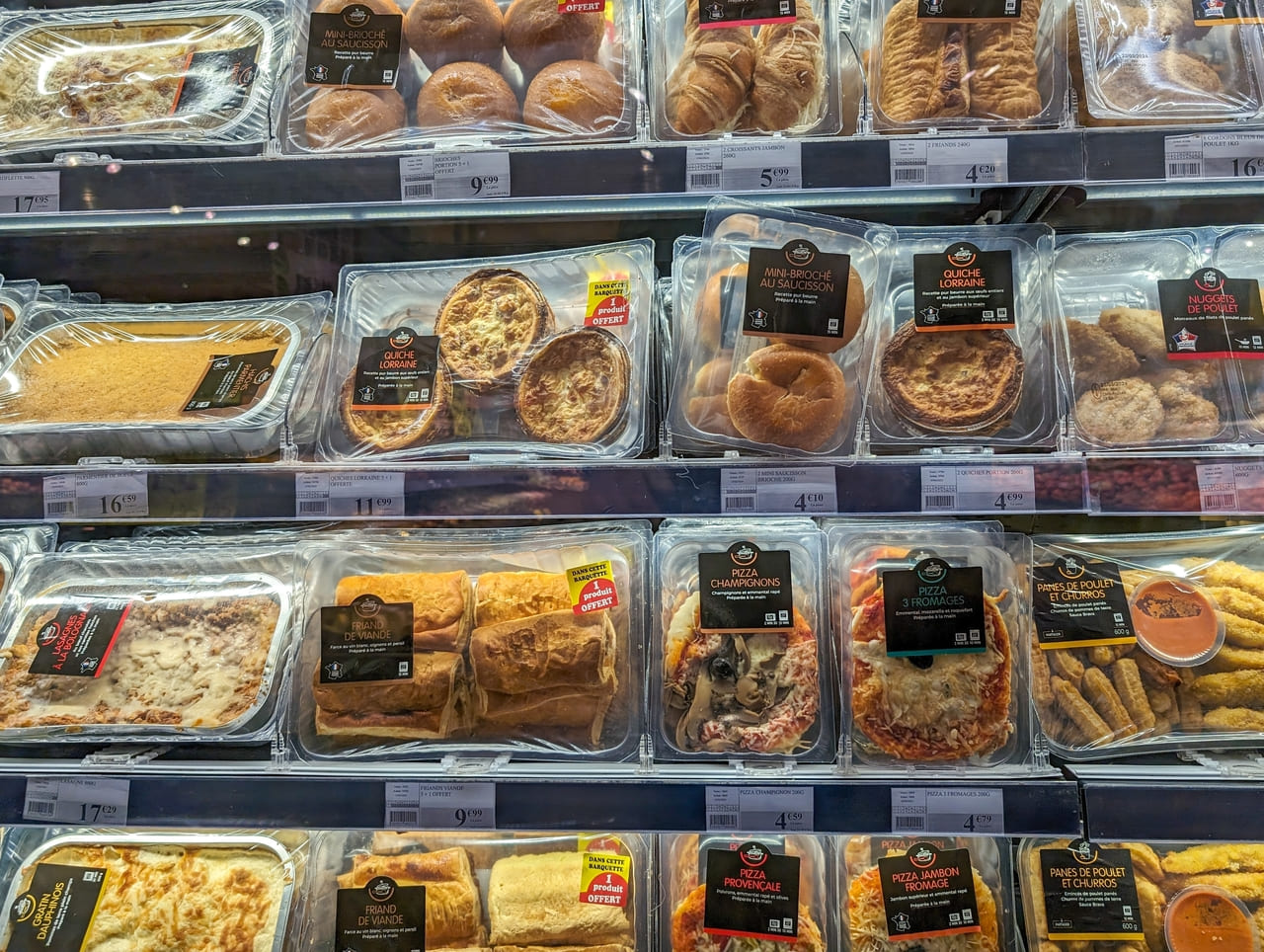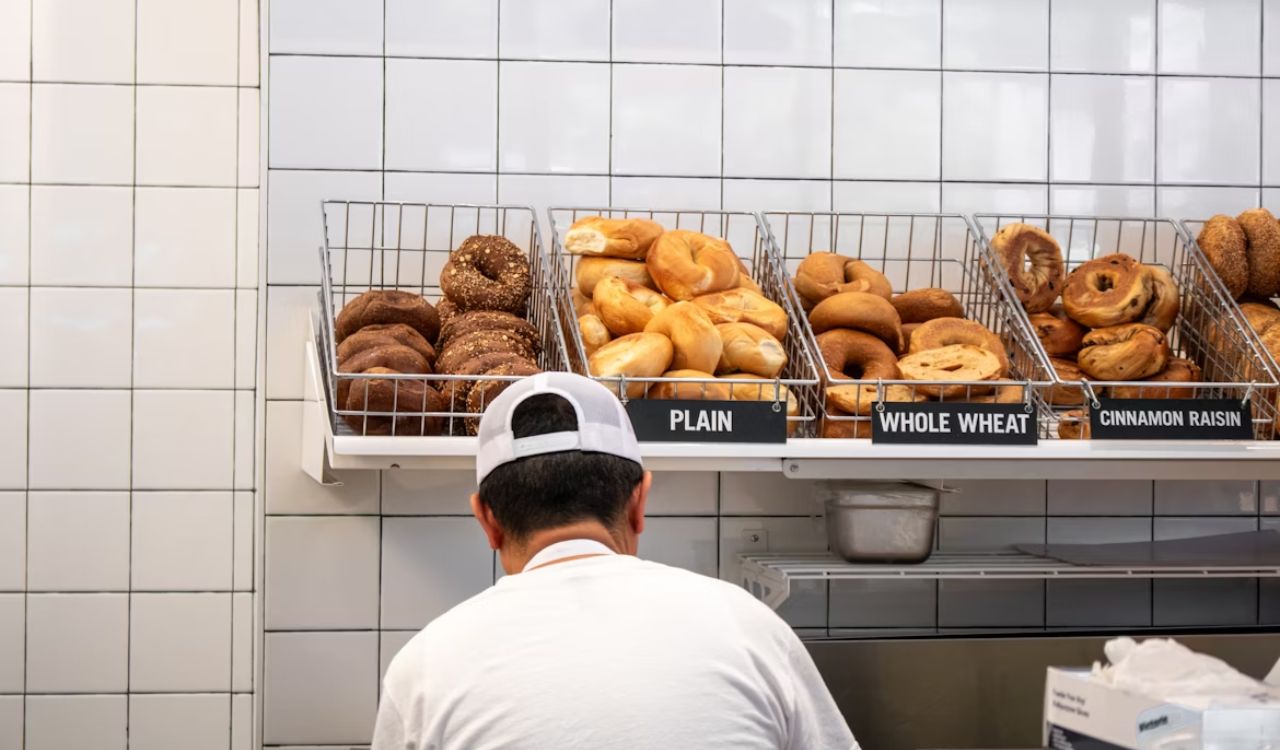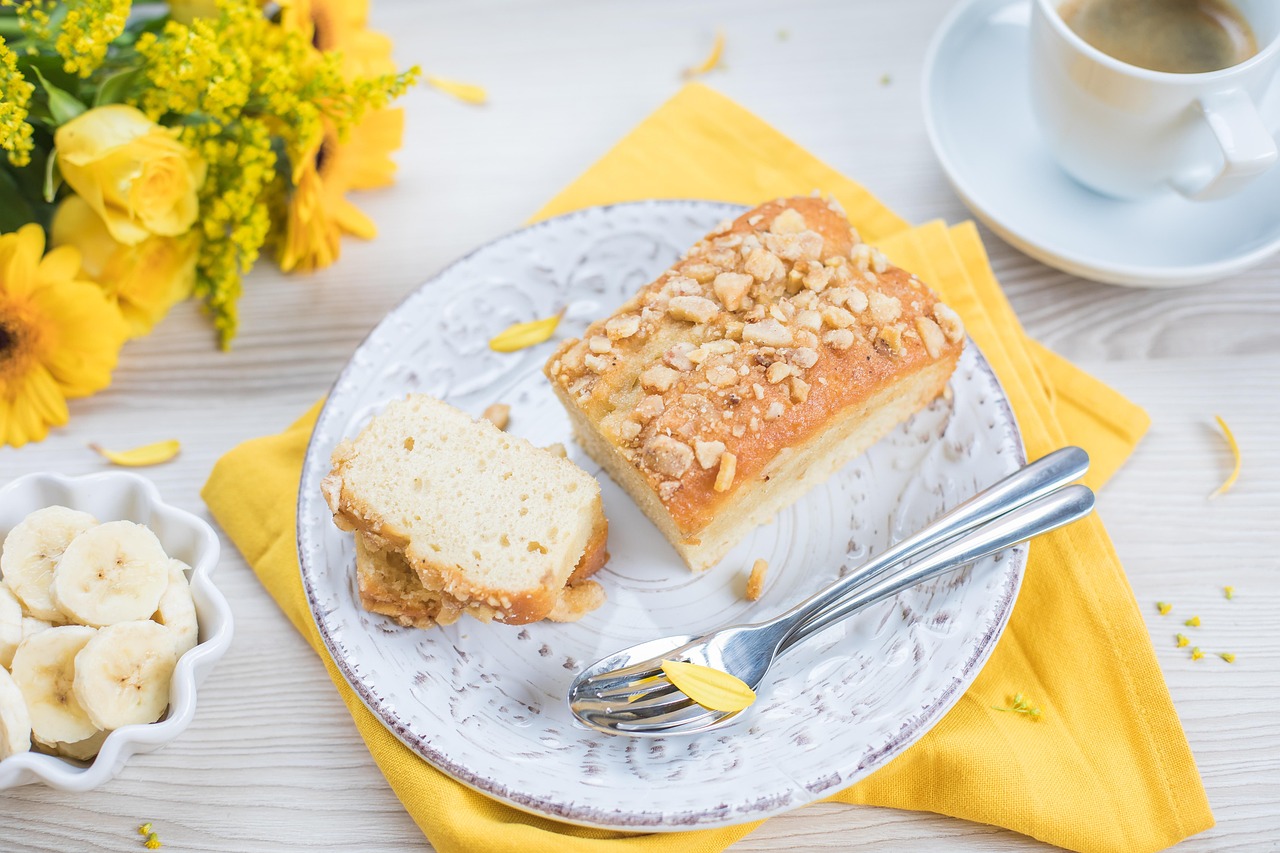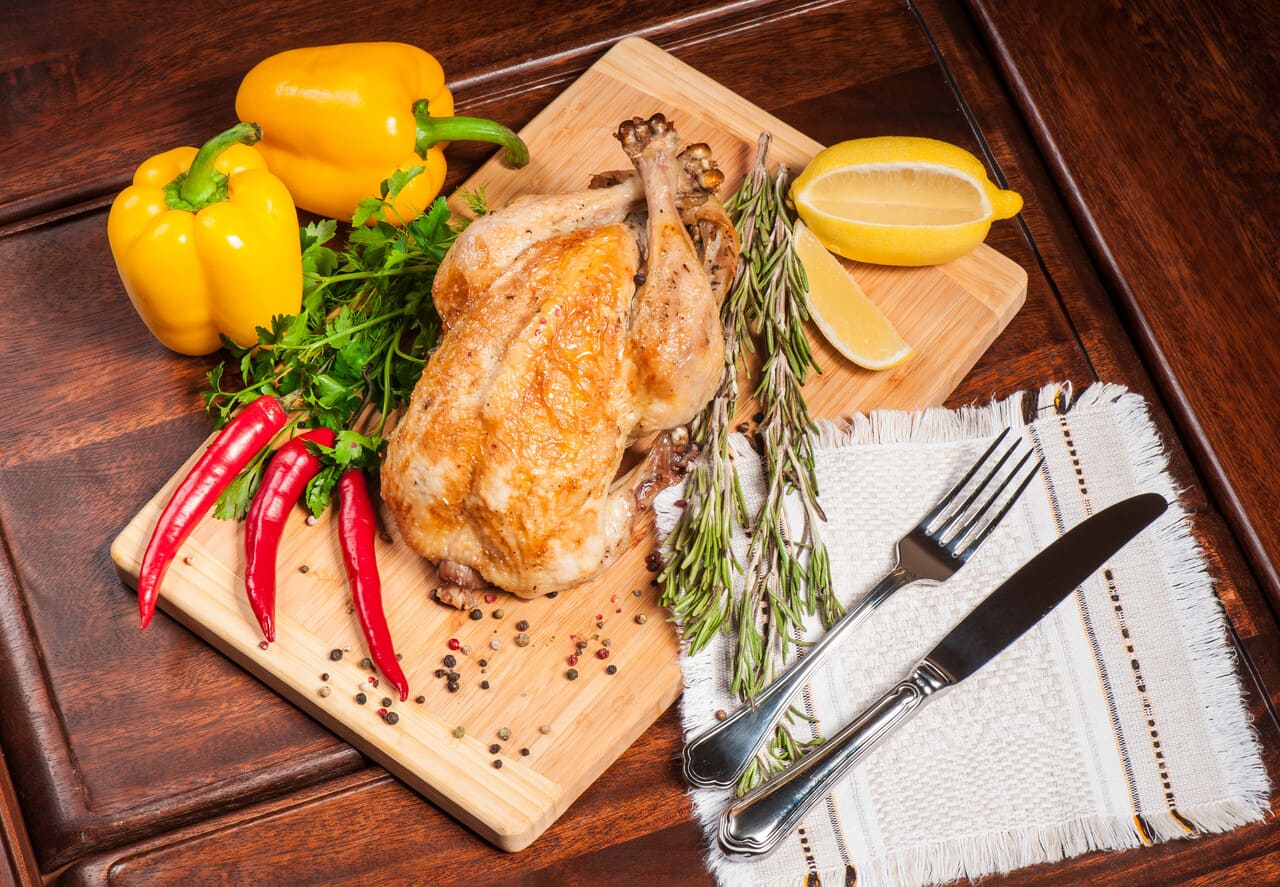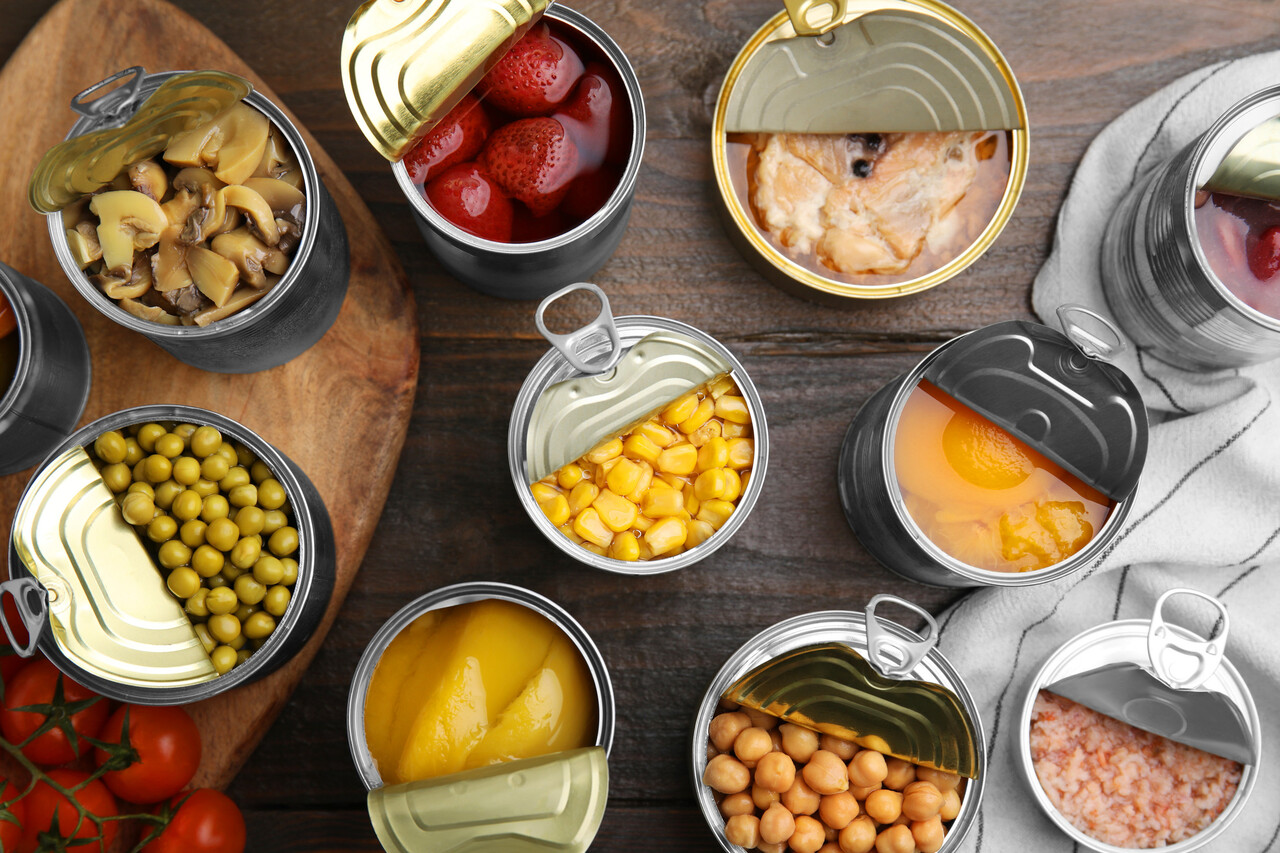How Louisiana’s Bold Flavors Gave Texas Barbecue Its Kick
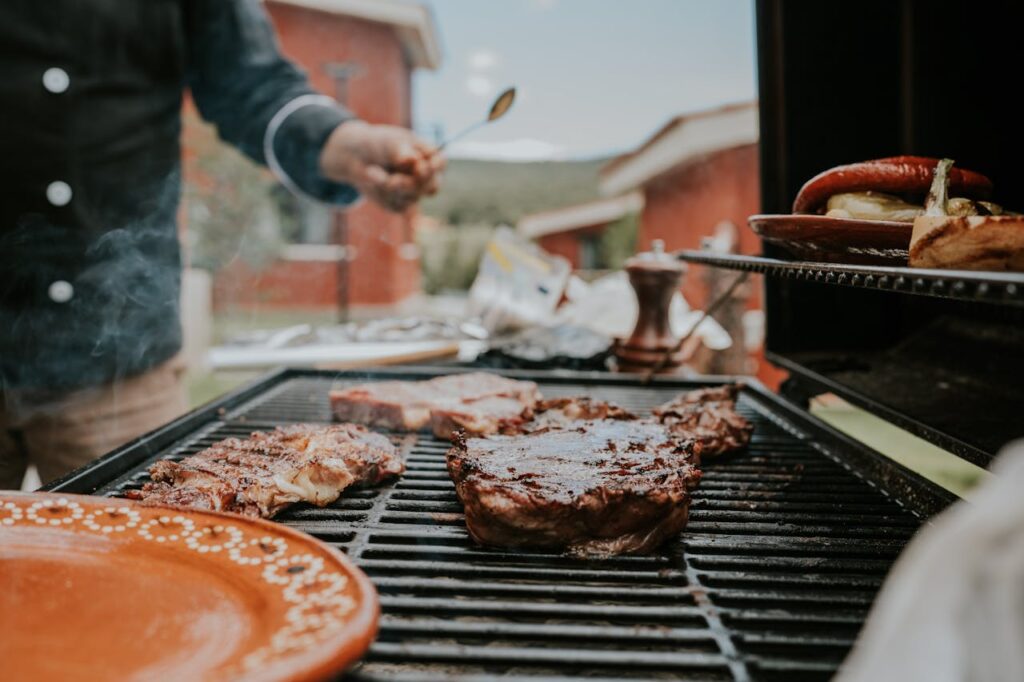
Texas barbecue is a legend all its own, slow-smoked brisket, juicy ribs, and sausages kissed by oak or mesquite. But dig a little deeper, and you’ll find a complex story of migration, culture, and shared kitchens. The unmistakable heat and zest that run through Texas barbecue didn’t start there.
Much of that flavor traces back to Louisiana, where Cajun and Creole cooking shaped how Texans think about seasoning, smoke, and spice. When people from Louisiana moved west, they carried their cooking instincts with them, along with bold ingredients like cayenne, garlic, and paprika.
What this really means is that every time you taste a fiery rub or spicy sausage in a Texas smokehouse, you’re tasting a Louisiana legacy that never lost its heat.
The Cajun and Creole Roots That Crossed the Border

Before Texas barbecue became famous for its smoky beef, it was already being influenced by Louisiana’s flavorful traditions. Cajun and Creole cooking shared more than recipes; they shared a philosophy: let nothing go to waste, and make everything taste alive.
As Louisiana settlers and butchers moved into East Texas in the 1800s, they brought their flavor playbook with them. Smoked meats met spicy roux, and suddenly, barbecue began to take on new depth and personality.
Cajun Spice Meets Texas Smoke
Cajun seasoning anchored by paprika, cayenne, garlic, and thyme—blended beautifully with Texas pit smoke. Instead of relying only on salt and pepper, pitmasters began experimenting with rubs that carried that distinct Louisiana warmth.
These blends didn’t just enhance flavor; they also reflected a shared food culture between neighboring states. The result was barbecue that burned just right, with a slow-building heat that lingered without overpowering the meat.
The Creole Layer of Flavor
Creole cooking brought something different: complexity. It favored layering flavors over time, often blending European, African, and Caribbean influences. That mindset translated perfectly into barbecue, where slow smoking already demanded patience.
When Creole cooks arrived in Texas, their seasoning philosophy took hold—balancing spice, acidity, and depth. It turned simple smoked meat into a nuanced meal that spoke of cultural fusion and long histories.
The Rise of Spicy Sausages and Boudin in East Texas
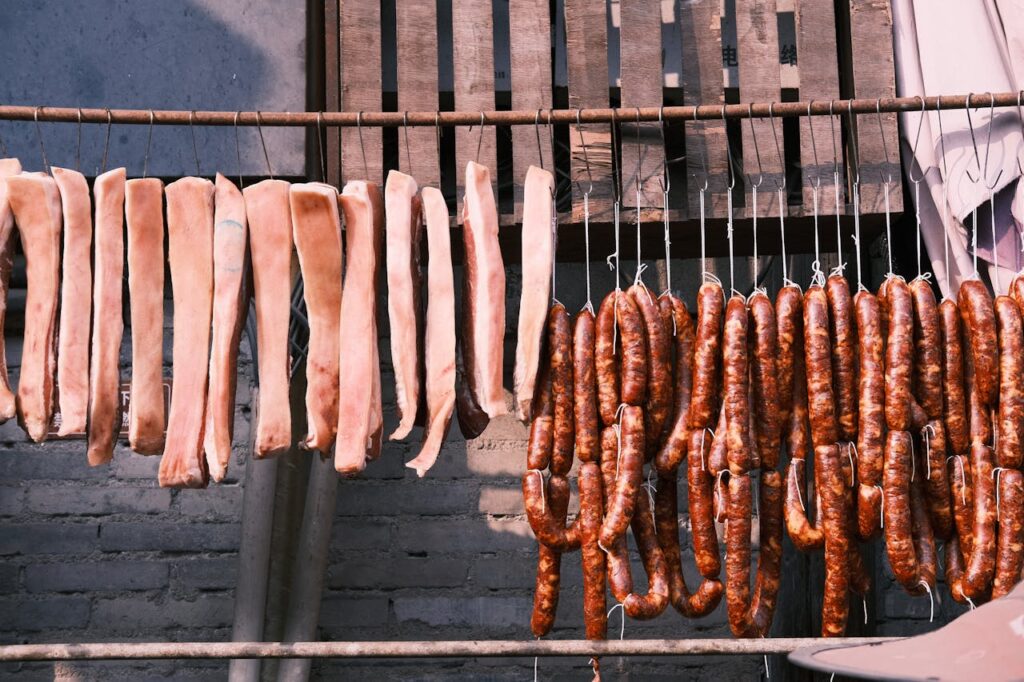
If there’s one food that reveals Louisiana’s mark on Texas barbecue, it’s sausage. East Texas pitmasters took notes from Louisiana’s boudin pork, rice, and spice, all packed into a casing, and made it their own.
These links weren’t just protein; they were storytelling. The Cajun influence added garlic-heavy blends and cayenne-forward heat, which soon became staples across Texas smokehouses.
Boudin’s Evolution on Texas Soil
Traditional Louisiana boudin was softer, often steamed or grilled. In Texas, pitmasters toughened it up for the smoker, creating versions that could withstand longer cooking times. The rice gave way to pure meat, but the spice never left.
That adaptation led to what we now recognize as the spicy East Texas sausage-fiery, juicy, and deeply tied to its Louisiana cousin. It’s a dish that bridges two barbecue identities without losing either one.
Community Smokehouses and Cultural Exchange
Many of these food traditions took shape in small towns along the Sabine River. Families, church groups, and local butchers cooked together, blending Cajun spice with Texan smoking techniques. Over time, what began as a cross-cultural experiment became a local identity.
Barbecue stands in East Texas still tell that story through sausages stuffed with history as much as heat.
The Modern Louisiana Stamp on Texas Barbecue
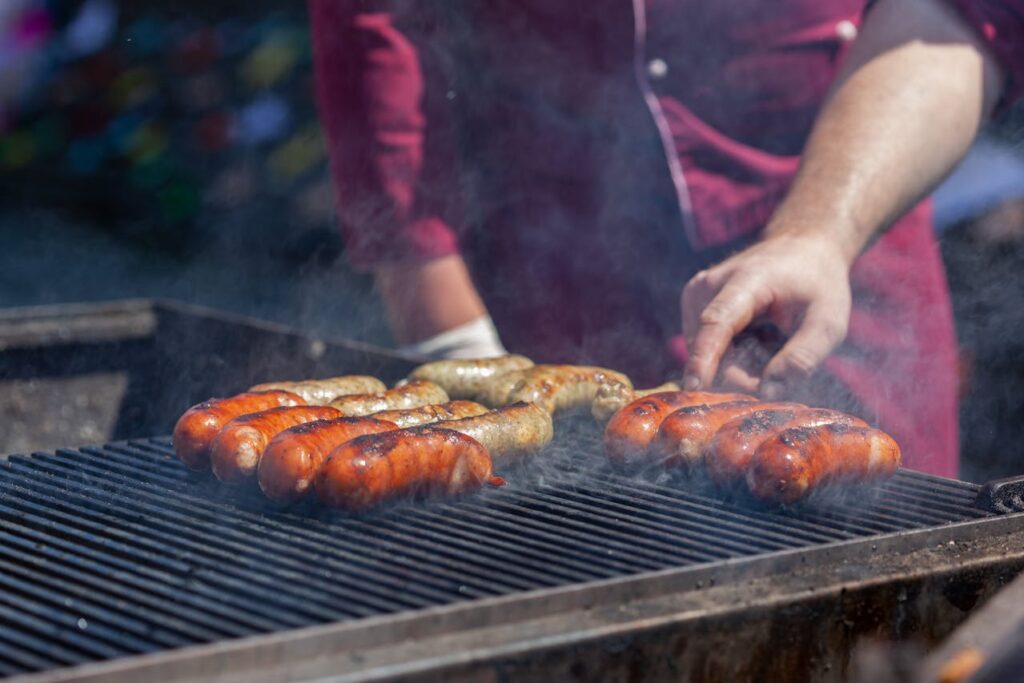
Even today, you’ll find that Cajun hot sauces, Creole mustard, and spicy rubs continue to influence the modern barbecue scene. Contemporary pitmasters openly credit Louisiana’s approach to seasoning for keeping Texas barbecue bold and alive.
In Houston and beyond, barbecue joints serve brisket with a side of étouffée or smoked sausage with jambalaya. The border between the two states may be political, but the food culture long ago blurred it out.
From Spice Rubs to Hot Sauce Bottles
Brands like Louisiana Hot Sauce and Tabasco are common fixtures in Texas smokehouses. Many chefs even create their own versions, mixing vinegar-based pepper sauces that balance smoke and heat unmistakable nod to Louisiana.
The result is barbecue that’s more layered, more vibrant, and proudly Southern in every sense. It’s a style that remembers where its fire came from.
Two States, One Flavor Legacy
Texas may have perfected the slow smoke, but Louisiana taught it how to season with spirit. The kick that defines modern Texas barbecue, the cayenne spark, the garlicky edge, the soulful heat comes straight from Louisiana’s kitchens and bayous.
Food, at its best, evolves through connection. The smoke that rolls through a Texas pit still carries the scent of Louisiana’s spice trail, proving that the best flavors never stay put; they travel, transform, and keep telling their story.


